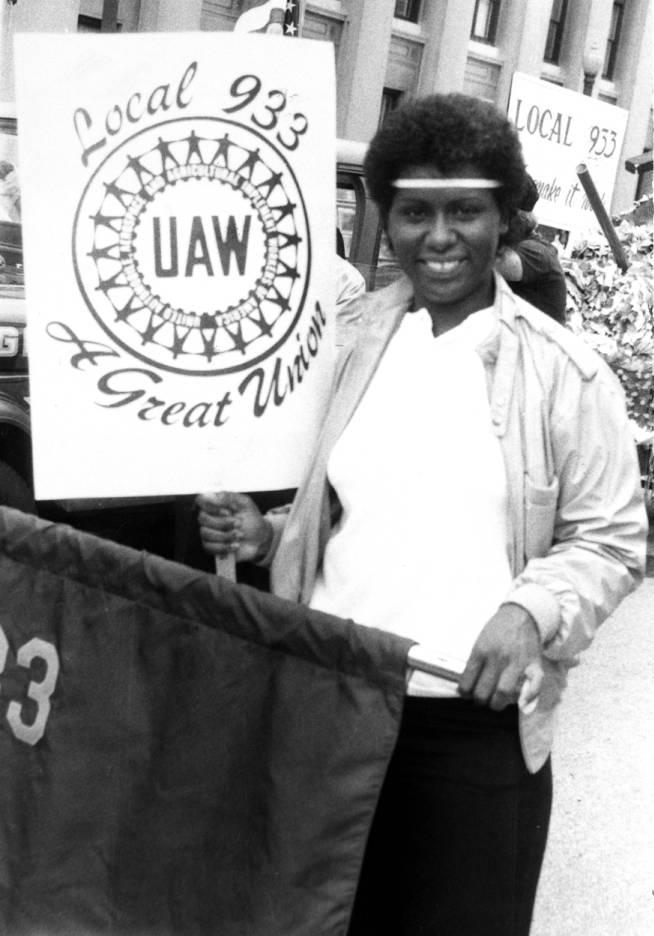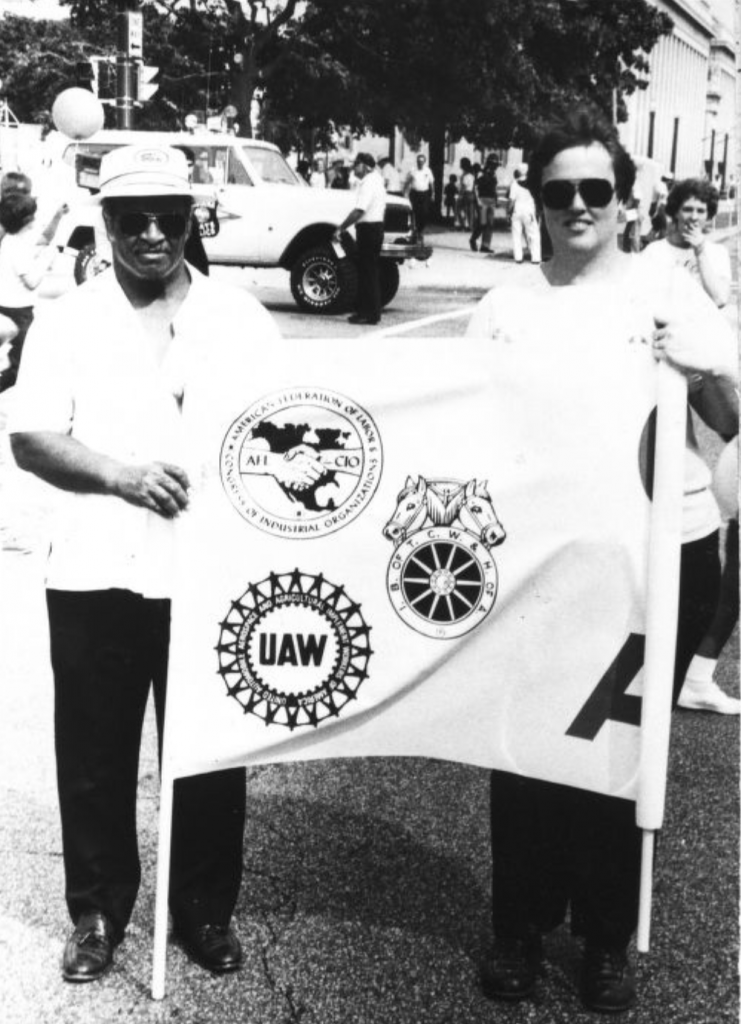In 1935, the leadership of the American Federation of Labor (AFL) granted a charter to the United Auto Workers (UAW) as an International Union and appointed regional officers. Led by Forrest Wood, Region 3 was headquartered on the third floor of the old in Indianapolis.
In 1936, the UAW left the AFL, affiliated itself with the Congress of Industrial Organizations (CIO), and launched a successful organizing campaign against General Motors (GM), the country’s largest automobile manufacturer. Following a series of disturbances in nearby Muncie and Anderson—actions that preceded a 42-day “sit-down” strike in Flint, Michigan—GM recognized the union in February 1937. Chrysler, Packard, Hudson, Briggs, and nearly 400 other companies soon followed GM’s lead. In 1941, Ford accepted the UAW as its workers’ union.

From 1936 to 1949, Region 3 included all of Indiana and Kentucky as well as the southern half of Illinois. In 1949, Region 3’s territory was reduced to the boundaries of Indiana and Kentucky. The union moved to a new facility on West 18th Street in 1954.
During the 1950s and early 1960s, Region 3 was a leader in the UAW’s successful fight to implement the “agency-shop” program throughout the automobile industry. This program allowed workers to hold a job without joining the union if they paid the union sums equal to the fees and dues paid by union members. The National Labor Relations Board (NLRB) upheld the “agency-shop” concept in 1961 and ordered GM to bargain with the UAW for the 14,000 non-union workers in Indiana.
Region 3’s membership peaked in the 1950s at 140,000. In 1982, Indiana’s membership in Region 3 of the UAW was 100,000, with 28,000 members in Marion County. By the 1990s, membership in Region 3 had fallen to 85,000, and it faced the challenge of a continuing decline of U.S. automobile industry plants.
The loss in AUW membership in Region 3 resulting from Indiana auto plant closings was substantial. was once home to about 20 GM plants, employing more than 25,000 people. In the early 1970s, one in three people living in Anderson worked for the Detroit automaker. The Delco Remy Division of the Company, which manufactured electrical equipment, closed the last of its many plants in the city in 1994, putting thousands of people out of work. Several other GM plants had closed in Anderson in earlier decades.

The demise of additional U.S. automaker plants in Indiana followed. closed its Indianapolis foundry in 2005, and the Indianapolis plant shuttered in 2008.
Region 3 was at the forefront in the UAW’s attempts to organize Japanese-owned automotive plants to expand union membership and counteract these losses. Japanese auto plants opened as nonunion operations. In Lafayette, Subaru of Indiana Automotive, Inc., which opened in 1989 as Subaru-Isuzu, remained nonunion. In 1998, one Region 3 union official stated that it would take a “catastrophic event” for Japanese plants to organize. Its efforts indeed continued to be unsuccessful. Honda Motors kept UAW members out of its Greensburg, Indiana, plant, which opened in 2008.
In 2010, Region 3 leaders clashed with Indianapolis General Motors Stamping Plant Local 23 UAW members. That summer, GM entered into a deal to sell the plant to Norman Industries, a manufacturer of highly engineered machined and cast metals. This sale, however, was contingent on a new labor agreement with UAW workers that called for a cut in wages and other concessions. The members of Local 23 voted against the concession talks.
In an effort to keep the plant open, Maurice (Mo) Davison, who was then Region 3 director, stepped in to negotiate a labor contract. Although it contained some concessions to the UAW, this labor contract would have kept wage cuts in place so that GM could move forward with the plant’s sale. GM threatened to close the plant immediately and move equipment out if the agreement did not pass. In late September 2010, autoworkers voted nearly five to one against the contract, and the Stamping Plant closed in summer 2011.
In 2012, Region 3 was abolished because its membership was no longer substantial enough to warrant Indianapolis remaining a regional headquarters. Indiana now belongs to UAW Region 2B along with Ohio, where the region’s headquarters is located.
Region 2B represents 50 companies, including not only automobile assembly and parts production workers, but also health care, financial services, food services, office and professional workers, and nurses. Two Fiat Chrysler transmission plants and one casting plant, located in Kokomo, remain as UAW-represented auto plants in the state, and GM continues to operate plants in Fort Wayne, Bedford, Marion, and Kokomo.
The UAW 2B Region maintains a suboffice in Indianapolis.

Help improve this entry
Contribute information, offer corrections, suggest images.
You can also recommend new entries related to this topic.




